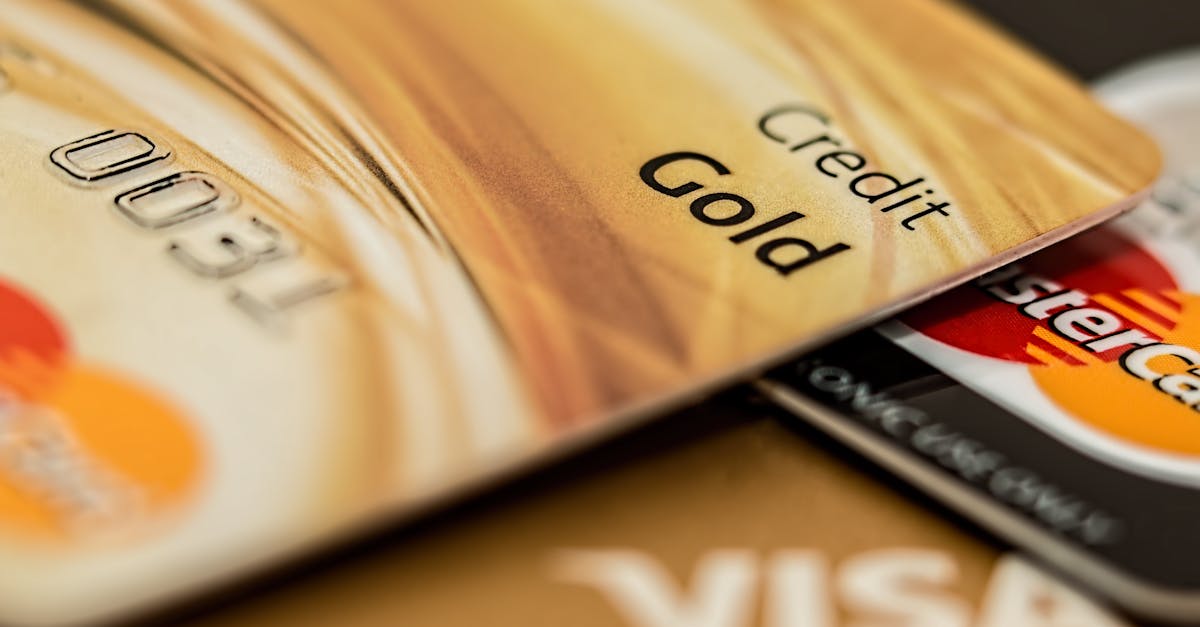
iot devices
Table Of Contents
The rapid evolution of technology has ushered in an era where our everyday lives are increasingly intertwined with innovative gadgets. Among these advancements, smart wearable technology has gained significant traction, redefining the way we monitor health, fitness, and connectivity. These devices, ranging from smartwatches to fitness bands, integrate seamlessly into our routines, offering real-time insights and unparalleled convenience. As consumers become more health-conscious and tech-savvy, the demand for smart wearable technology continues to surge, shaping a new landscape of personal health management and lifestyle enhancement.
As we delve deeper into the realm of smart wearable technology, it becomes clear that these devices do more than just track physical activity; they lead us into a future where connectivity and data-driven insights play a pivotal role in our daily lives. With features such as heart rate monitoring, sleep analysis, and even reminders for hydration, smart wearable technology serves as a bridge between our physical and digital existence. This burgeoning market not only emphasizes the importance of self-care and fitness but also reflects a broader trend towards integrating advanced technology into our personal lives, making our routines smarter and more efficient than ever before.
Safety Concerns with Internet of Things Devices
These advancements in Internet of Things gadgets have introduced a new set of security challenges for users. Networked devices can be vulnerable to unauthorized access, exposing personal data at risk. Various IoT gadgets often collect sensitive information which, if not properly secured, can lead to leaks of privacy. Moreover, the lack of standardized security protocols across different gadgets can create gaps that malicious actors can exploit.
Users may not be fully aware of the possible vulnerabilities that come with using Internet of Things gadgets. This lack of knowledge can lead to negligence in managing their security. Routine updates and patches are essential for maintaining the integrity of these devices, yet many users fail to implement them. Inadequate user education on the best practices for securing IoT devices can further exacerbate these issues. Tackling these security challenges is crucial for ensuring a protected experience in the evolving landscape of connected technology.
Protecting Privacy when Using IoT Gadgets
In today's networked technologies, maintaining safety is essential a concern for users. IoT devices often collect large amounts of individual preferences, which can risk putting at risk private information. As a result, it is important for users to adopt steps to secure their data.
A fundamental way to boost safety is by activating the inherent protection options of IoT technologies. Consistently updating software can assist in closing any potential security gaps. In addition, users should be mindful of the settings granted to applications associated with these technologies. Through such practices, individuals can significantly reduce their threat of privacy breaches.
Methods to Incorporate Internet of Things Gadgets in the Lifestyle
Incorporating Internet of Things technologies in your house may enhance convenience and productivity. Commence by picking smart devices that fit your lifestyle. One way to initiate is by installing smart bulbs that can be adjusted via an app. This move not only brings atmosphere to your environment but also reduces energy.
Additionally, exploring the integration of intelligent heating and cooling systems can notably contribute your house experience. Such technologies allow you to monitor your home's temperature effectively and can learn to your preferences over time. Integrating Internet of Things devices like intelligent surveillance systems can also enhance the protection of your environment. By taking these steps, you can develop a significantly more connected living space.
Easy Steps to Integrate with IoT Devices
Starting engaged with IoT technologies can seem intimidating at first. However, following several easy steps could make the process. Initially, choose an IoT platform that suits your preferences. This platform might include cloud-based solutions or software that enable the integration of various devices.
Next, make sure that your gadgets are capable of working together with the platform you have chosen. Integrating your IoT technologies involves setting up the necessary software and refreshing their firmware if needed. As soon as everything is set up, one can begin exploring the various capabilities and features that IoT technologies offer, creating a better connected atmosphere.
The Capabilities of IoT Gadgets in Healthcare
The implementation of IoT devices in medical has immense possibilities to enhance patient care. Such advanced gadgets allow real-time tracking of patients' vital signs, leading to more timely diagnoses. Connected health devices collect critical data, enabling healthcare providers to assess trends and formulate more informed treatment plans.
Additionally, the use of IoT devices in medical improves operational efficiency within medical facilities. Connected equipment can streamline routine tasks, allowing healthcare professionals to focus on patient interaction. Such technology also encourages better communication between patients and providers, creating a more collaborative healthcare environment that ultimately leads to improved patient outcomes.
Ways Internet of Things Devices are Transforming the Medical Industry
Such Internet of Things gadgets have become instrumental tools in the health sector. These devices facilitate real-time monitoring of patients, which leads to enhanced health services. With connected gadgets, medical staff can observe vital signs and biometric data remotely, ensuring that prompt interventions can be made when necessary. Such technology not only boosts the efficiency of medical practices but also empowers patients to take charge of their own health.
Furthermore, Internet of Things gadgets optimize hospital operations and administration. By the use of connected systems, medical facilities can efficiently manage inventory and records. Such a system reduces the chances of errors and guarantees that health professionals can focus more on supporting patients rather than administrative tasks. In summary, the integration of Internet of Things gadgets in the health industry is paving the way for a more effective ecosystem that benefits both clients and medical professionals.